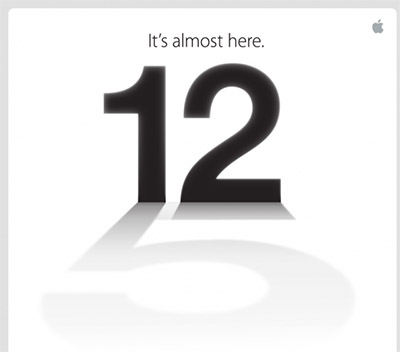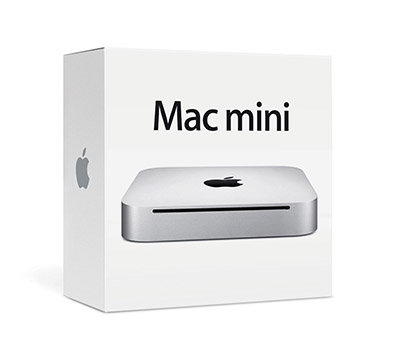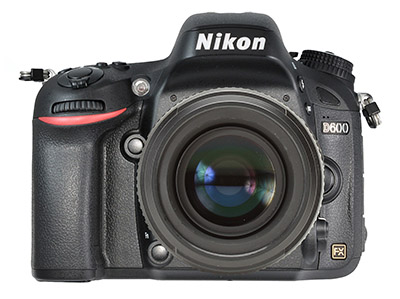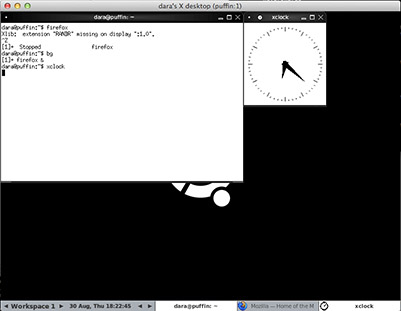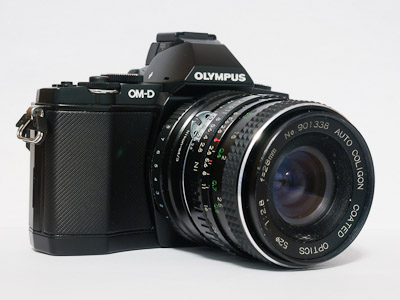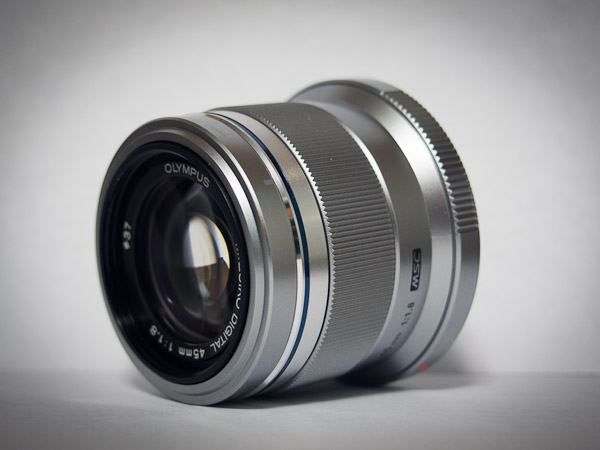
I’ve been using Adobe’s Lightroom image processing software since pretty much the very first beta release to organize and edit my photos. On the whole, it’s a well laid-out application with a number of very useful features and it’s capable of producing excellent quality output. That said, using Lightroom has always been an exercise in patience. It’s simply not a very fast program. For bulk tasks like exporting JPEGs from RAW images, that’s not a problem – you get it started and go off and do something else. But when editing individual images starts to bog down, it’s a lot more frustrating.
The sluggishness has been particularly noticeable since I got my (16MP) Olympus E-M5 this summer. The files aren’t that much bigger than those from my older 12MP cameras, but for whatever reason, editing them has been a lot more painful. So in a fit of frustration, I finally broke down and ordered an SSD (solid state drive) for my main computer.


